Beauty and Truth 1: Four Sets Of Stories
Later this may become a new column series. Today itâs mainly a conversation-starter, after Beckyâs Monday column, and her followup comment:
I still think the most God-glorifying story would be the one that marries truth and beauty.
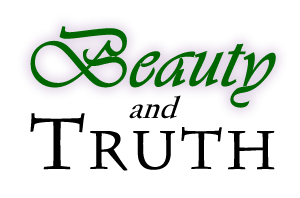 Amen, I say. And this is not simple opinion; it is Biblically defensible. Exposure to reflections of true beauty is not only optional for Christians, but required. Right now I can think of three reasons to defend this statement, based on the Bible itself:
Amen, I say. And this is not simple opinion; it is Biblically defensible. Exposure to reflections of true beauty is not only optional for Christians, but required. Right now I can think of three reasons to defend this statement, based on the Bible itself:
- The Bible shows itself as beautiful.
- The Bible tells us much about beauty.
- The Bible reveals all we need to know about our Creator, Who is beautiful.
One thing have I asked of the LORD,
that will I seek after:
that I may dwell in the house of the LORD
all the days of my life,
to gaze upon the beauty of the LORD
and to inquire in his temple.Psalm 27:4
 As theologian Wayne Grudem summaries, âGodâs beauty is that attribute of God whereby he is the sum of all desirable qualitiesâ (Bible Doctrine, page 100).
As theologian Wayne Grudem summaries, âGodâs beauty is that attribute of God whereby he is the sum of all desirable qualitiesâ (Bible Doctrine, page 100).
Believe it or not, despite all our denominations and doctrine debates (enjoyable or not), it seems more Christians agree about what truth is, than about what beauty is.
Before starting an in-depth series to tell that, maybe it would be helpful to show it.
I canât do this without help. But I can start, by suggesting four sorts of stories, with four different ways of pairing truth and beauty. All of these are âevangelical.â Some are also controversial â thus, you may disagree with my choices of what fits in which category.
1. Neither very truthful nor very beautiful.
 My nomination: The Shack.
My nomination: The Shack.
Last year I bought a used copy. And I simply could not get into the book. If the author had front-loaded the story with the arguably heretical parts, that would have made it more interesting. (I had similar issues with The Da Vinci Code.) Instead, the introductory chapters kept giving intentional author intrusion and emotion-manipulation.
- The protagonist had a rough religious upbringing. But that was very hard to sympathize with, because his business and family life were fine.
- His daughter was abducted and killed, and worse â a clear sympathy ploy.
- Tell-not-show: I kept being informed how I should react to past abuses or present sufferings. Thatâs already violating even the unwritten Beauty ordinance for good books. I hadnât even gotten to Truth violations yet.
As Fred Sanders wrote (sarcastically from a âliterary snobâ view, but accurately!):
The result is oppressive, as in the description of a tree that the character Mack crashes into: As he lies prone and looks up into the tree, it is said âto stand over him with a smug look mixed with disgust and not a little disappointment.â Take a moment right now, reader, to see if you can arrange your face into an expression that communicates smugness mixed with disgust and disappointment. You will find it ânot a littleâ impossible, and you have greater expressive range than trees. This is typical of the way Young projects attitudes rather than actually describing anything.
So far as I can tell, then, The Shack rightfully takes the heat for playing loose with the truth â which already weakens true beauty. But oddly, it has escaped what could have been equally rightful criticism for being an arguably un-beautiful book.
What Christian novels seem not very beautiful or truthful?
2. Truthful, but not very beautiful.
 Some years ago, I was handed a book â I donât recall how, or who from â that argued for a specific perspective of theology within the orthodox Christian tradition. If I recall right, the main character had just graduated seminary and was confronted with a series of theological maxims that perplexed him. The challenge, leading to the plot: would he do his research, see if these things were so, and thereby have his whole world changed?
Some years ago, I was handed a book â I donât recall how, or who from â that argued for a specific perspective of theology within the orthodox Christian tradition. If I recall right, the main character had just graduated seminary and was confronted with a series of theological maxims that perplexed him. The challenge, leading to the plot: would he do his research, see if these things were so, and thereby have his whole world changed?
Through the rest of the book, he does his research, and â surprise, surprise â comes to believe this theological perspective. Meanwhile, in a barely related subplot, he meets a pretty girl, studies with her, and marries her. (After reading this book, I did something like this myself; I still donât recall the narrative making me pine for the possibility!)
Later he is hired to be pastor of a church. But because heâs preaching from this doctrine perspective, folks hate him and try to throw him out. At one point he calmly, graciously lectures someone about what theyâre doing wrong. Then he leaves.
I donât remember the title. (Iâm not sure I would say it here, even if I did.) What I do remember is very functional writing. Well-assembled sentences performed their jobs. Yet I donât recall much beauty. That might have made the book, even with its authorâs intention to make it basically a propaganda piece, much better. That theological view might have captivated me then. But the functional-only presentation of it never has.
What Christian novels seem truthful, but are not very beautiful?
3. Beautiful, but not very truthful.
Tomorrow I will have more about this, because inevitably this brings up the topic of Thomas Kinkade paintings. Finally Iâve figured out why people give them constructive criticism. (But in this, I do not defend personal attacks on someone who has recently passed away, or snooty everything-must-be-gritty or artists-canât-make-money views).
In short, the problem is not that Kinkadeâs paintings show a world without sin.
Instead, the problem is that Kinkadeâs paintings show a world that has never had sin.
The artworks are beautiful, for sure â but not truly beautiful, because a crucial truth is missing. That truth is this: in Godâs true universe, every perfect world or thing must have first passed through evil and suffering. Even God Himself did, in Christ. To portray an alternate world, without either present or past sin, seems a subtle form of rebellion. Oddly enough, itâs a rebellion against the Rebellion: I refuse to recognize the Fall.
But, more on this in tomorrowâs Rearranging Icons 4: Characters Becoming Icons.
What Christian novels seem beautiful, but are not very truthful?
4. Both beautiful and truthful.
We live for this. God Himself is both beautiful and truthful. His Word, without which we could not know Him or have faith in Him, is beautiful and truthful. The Psalms of David, the parables of Jesus, and many newer stories by Christians, are beautiful and truthful.
A dozen rush to mind. But itâs a long list, and I wonât pre-empt you listing your favorites.
What Christian novels are beautiful and truthful, as shown and told by the Word?






























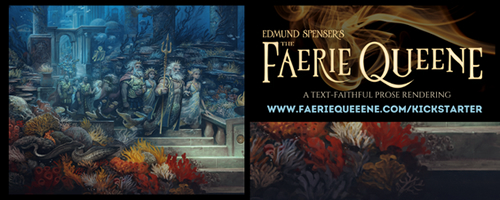


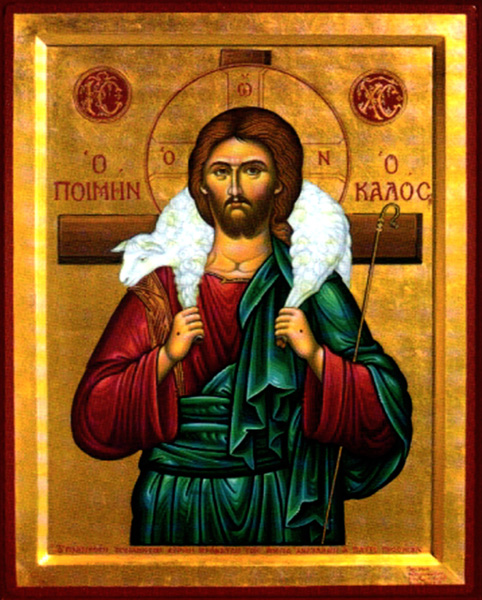
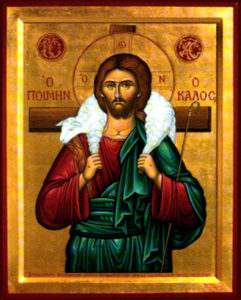

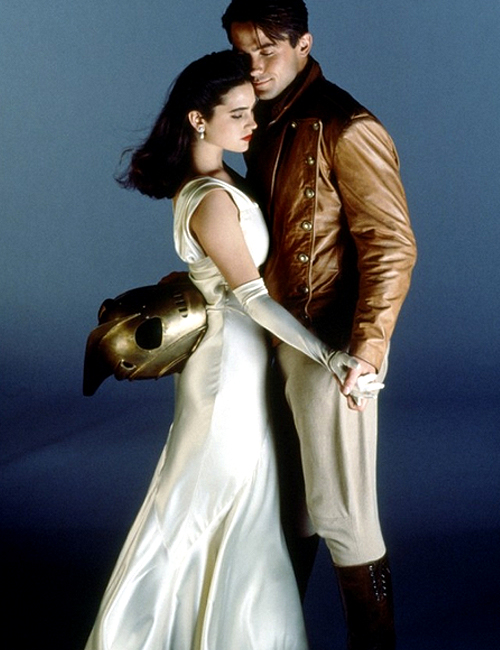
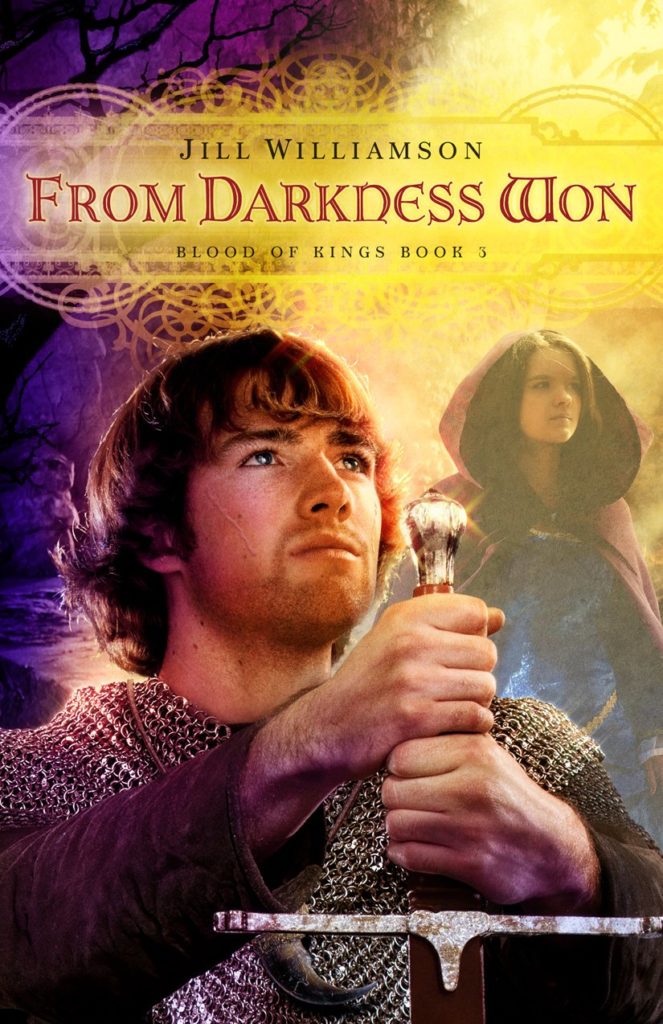
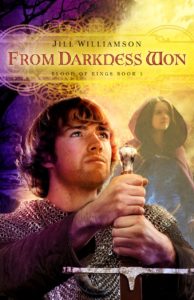






 First, I like your working definition of icon, which Iâll adapt, here:
First, I like your working definition of icon, which Iâll adapt, here: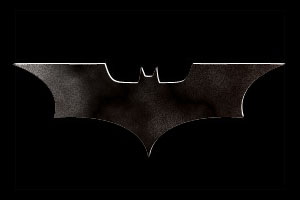 Symbol. The sign of the bat from Batman. In particular, I recall the film Batman Begins, when Bruce Wayne is returning to Gotham City, determined to start cleaning up the place. âPeople need dramatic examples to shake them out of apathy, and I canât do that as Bruce Wayne,â he says. âAs a man, Iâm flesh and blood â I can be ignored, I can be destroyed. But as a symbol â as a symbol I can be incorruptible. I can be everlasting. ⌠Something elemental, something terrifying.â
Symbol. The sign of the bat from Batman. In particular, I recall the film Batman Begins, when Bruce Wayne is returning to Gotham City, determined to start cleaning up the place. âPeople need dramatic examples to shake them out of apathy, and I canât do that as Bruce Wayne,â he says. âAs a man, Iâm flesh and blood â I can be ignored, I can be destroyed. But as a symbol â as a symbol I can be incorruptible. I can be everlasting. ⌠Something elemental, something terrifying.â Sometimes those archetypes are so deep that it takes years to find them. One notable example is Prof. Michael Wardâs theory, which I believe to be valid, that C.S. Lewis, given his literary and mythological background, embedded references to the seven medieval planets in The Chronicles of Narnia, such as theming The Last Battle around Saturn.
Sometimes those archetypes are so deep that it takes years to find them. One notable example is Prof. Michael Wardâs theory, which I believe to be valid, that C.S. Lewis, given his literary and mythological background, embedded references to the seven medieval planets in The Chronicles of Narnia, such as theming The Last Battle around Saturn.


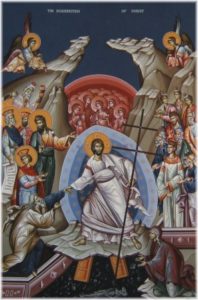



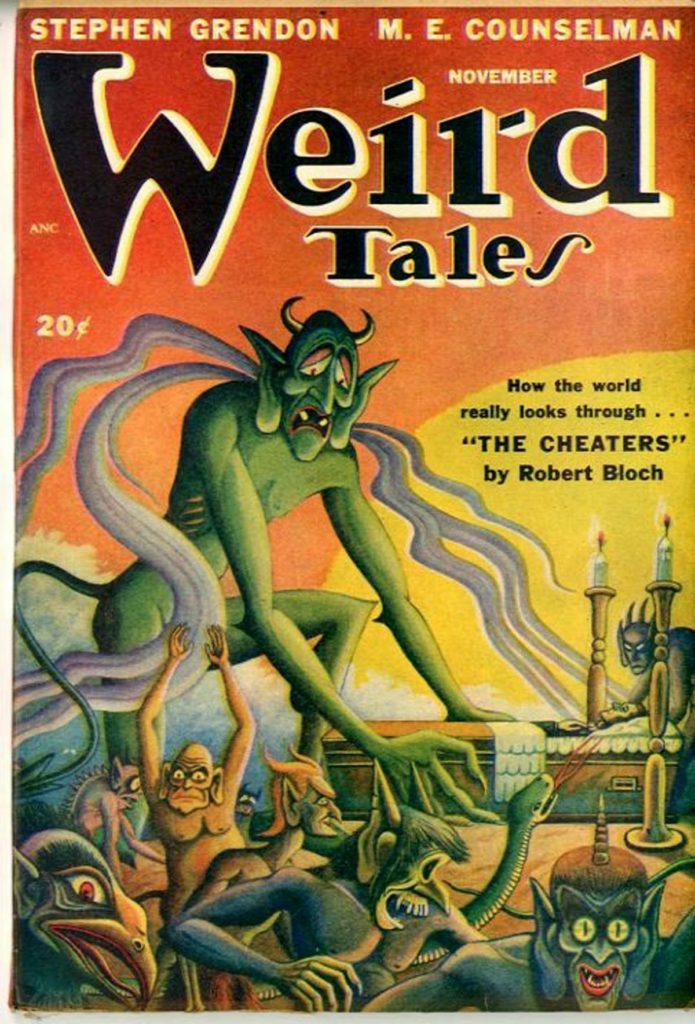
 All this next could be questioned if even one commentator, or even better, a Christian speculative publisher, can prove the word âweirdâ is market-tested. If hordes of readers are thrilled at the thought of getting their hands on âweirdâ Christian fiction, my dislike of this term may prove only personal.
All this next could be questioned if even one commentator, or even better, a Christian speculative publisher, can prove the word âweirdâ is market-tested. If hordes of readers are thrilled at the thought of getting their hands on âweirdâ Christian fiction, my dislike of this term may prove only personal. 1. Speculative stories arenât really âweirdâ anyway.
1. Speculative stories arenât really âweirdâ anyway.

 âI donât like Katniss,â my wife, Lacy, explained the other day.
âI donât like Katniss,â my wife, Lacy, explained the other day.



